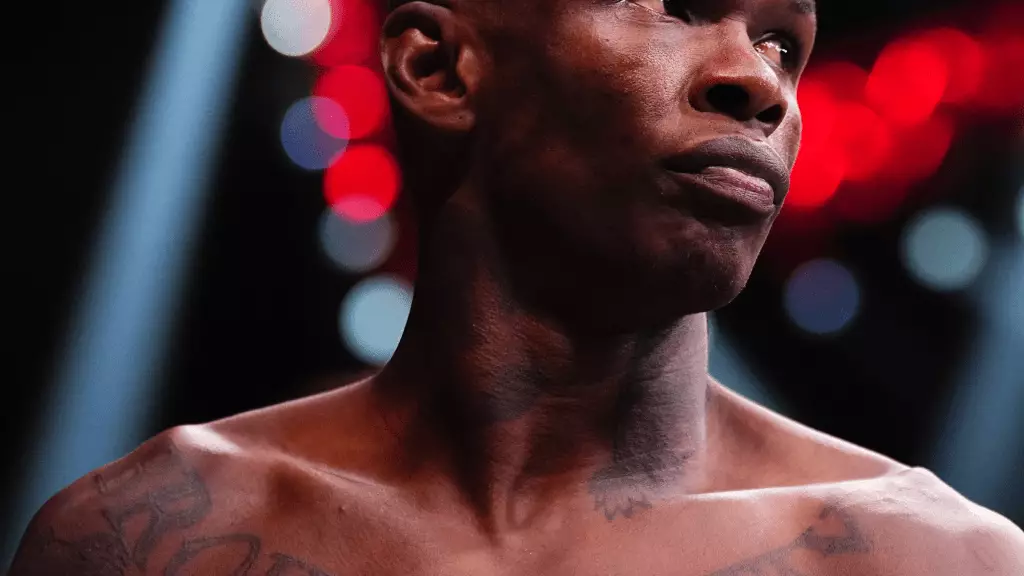Israel Adesanya’s recent bout against Nassourdine Imavov at UFC Fight Night 250 has drawn attention not only for the outcome but for a stark reflection on the athlete’s trajectory within mixed martial arts. With this defeat marking his third consecutive loss, Adesanya (24-5 MMA, 13-5 UFC) finds himself grappling with an identity crisis — a far cry from the dominant middleweight champion he once was. This sudden shift emphasizes how quickly fortunes can change in the UFC, leaving previous accolades in the shadows of recent performances.
Michael Bisping, who has always been a vocal commentator on UFC affairs, didn’t hold back in his assessment of Adesanya’s future following the fight. Speaking on the ESPN post-fight show, Bisping made bold claims about Adesanya’s championship days being over, stating, “The biggest takeaway is that it’s over.” These remarks serve as a harsh reminder of the realities athletes face in a sport where age and experience can quickly become a burden rather than an advantage. What Bisping pointed out, which some fans might overlook, is the accumulation of injuries and wear that heavily influences a fighter’s performance over time.
Age, while sometimes synonymous with wisdom, in the fight game can also signify a decline, particularly when combined with the physical toll of training. Bisping elaborated on how years of rigorous training sessions can be more punishing than the fights themselves. This perspective shines light on the unseen wear and tear fighters endure during countless training camps — where they’re often pushed to their limits, leading to both physical and mental fatigue. Adesanya’s recent performances may reflect not just a decline in technique, but the cumulative effects of a lengthy career filled with intense preparation.
The martial arts community has seen many champions struggle to maintain their grip on the sport as they age or as their bodies fail to perform at the same level. For Adesanya, a tumultuous patch like this raises questions about what lies ahead. With four losses in his last five outings, fans and analysts alike are left wondering if the former champion can rebound or if this is the moment that signals a new chapter, possibly a transition away from competing at the highest levels of the UFC.
For fighters like Adesanya, the challenge now is redefining what success means in light of declining performance. Will he pivot to matchups that favor his experience, or explore different avenues within the sport, such as coaching or commentary? The mixed martial arts scene is rife with stories of reputation changes, where former champions transform their legacy into mentorship roles or media careers, proving that the end of a fighting career could be a new beginning in a different context.
The fight against Imavov has spotlighted crucial questions regarding the longevity of an athlete’s career in MMA. As Michael Bisping rightly observes, the physical demands of the sport, both during fights and training, take their toll. For Adesanya, navigating his career post-peak will require both introspection and exploration of fresh opportunities, ultimately determining if he can regain a semblance of his former glory or find new paths to success.

